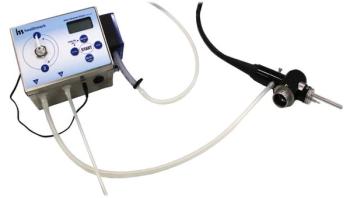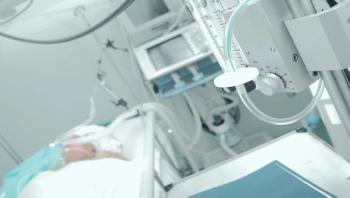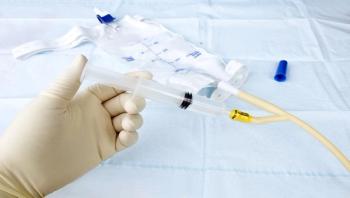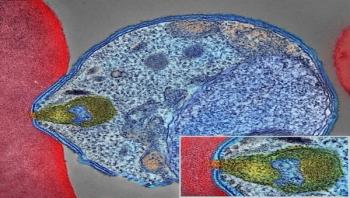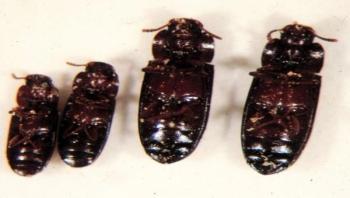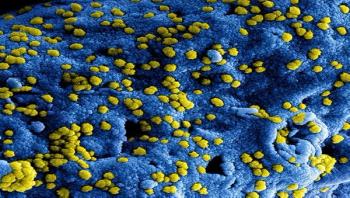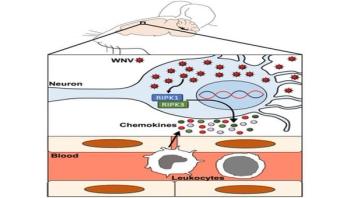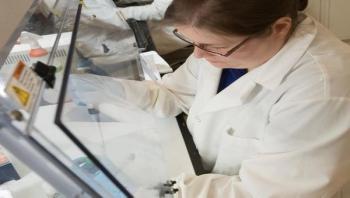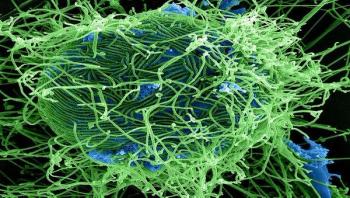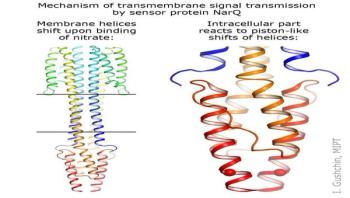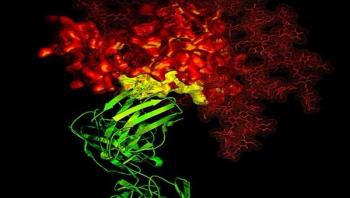Anthony S. Fauci, MD, director of the NIAID, and Carl W. Dieffenbach, PhD, director of the Division of AIDS at NIAID, have issued the following statement:
"Much progress has been made in HIV/AIDS research since the disease was first recognized in 1981. Today, lifesaving antiretroviral therapies allow those living with HIV to enjoy longer, healthier lives - an outcome that once seemed unattainable. Research supported by the National Institute of Allergy and Infectious Diseases (NIAID), part of the National Institutes of Health (NIH), has proven that when antiretroviral therapy durably keeps HIV at undetectable levels, the risk that the treated individual will sexually transmit the virus to an HIV-negative partner is negligible. When implemented in communities, treatment as prevention is remarkably successful at preventing the spread of HIV infection. Pre-exposure prophylaxis, or PrEP, is another prevention strategy in which HIV-negative people take one pill a day to reduce their risk of acquiring the virus. This intervention is highly effective when individuals adhere to the drug regimen.


